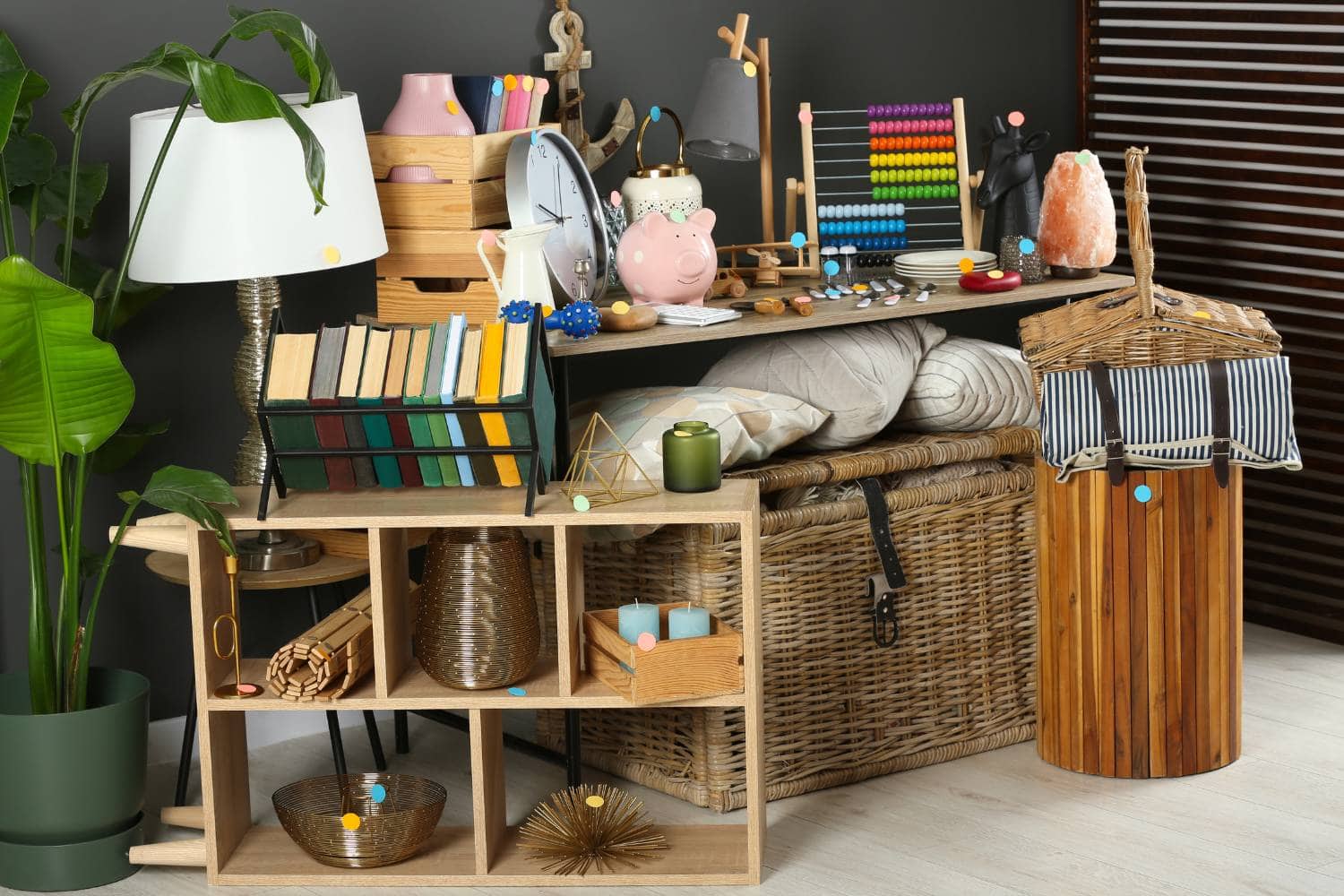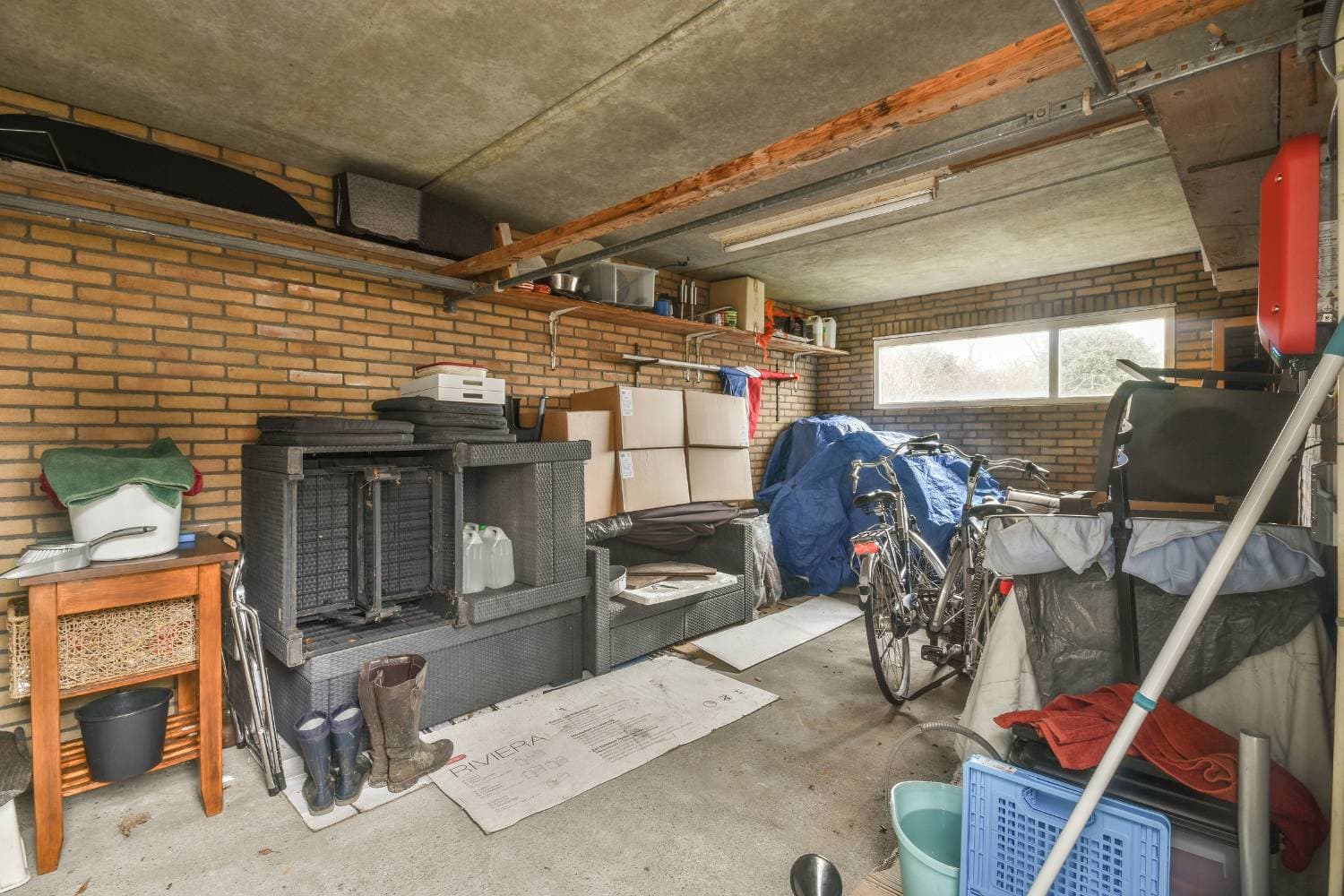Storing furniture in a garage can help free up valuable living space and protect your items during a move or renovation. Proper storage techniques are essential to ensure your furniture remains in good condition. This guide will provide comprehensive tips on how to store furniture in a garage effectively.
Assess Your Garage Space and Layout
Before you start moving furniture into your garage, it’s important to assess the space and layout:
- Measure the Space: Take accurate measurements of your garage to understand how much space you have available.
- Plan the Layout: Plan a layout that allows for easy access to frequently used items. Consider using a grid system to maximise space.
- Clear the Area: Remove any existing clutter or debris to create a clean environment for your furniture.
Clean and Prepare Furniture for Storage
Proper preparation of your furniture is crucial to protect it during storage:
- Clean Thoroughly: Use appropriate cleaners for different materials. For example, use wood cleaner for wooden items and fabric or upholstery cleaner for upholstered pieces.
- Dry Completely: Ensure all furniture is completely dry to prevent mould and mildew.
- Disassemble Large Pieces: Take apart larger items such as beds and tables. Unscrew legs from chairs and tables to save space and prevent damage.
Choose Appropriate Storage Containers or Covers
Protecting your furniture with the right materials is key to preserving its condition:
- Plastic Wrap: Use plastic wrap to cover furniture and protect it from dust and moisture.
- Moving Blankets: Wrap delicate items like mirrors and tabletops in moving blankets.
- Bubble Wrap: For fragile items, bubble wrap provides an additional layer of protection.
Utilise Vertical Space with Shelving or Racks
Maximise your storage capacity by using vertical space:
- Install Shelving: Use shelves to store smaller items and boxes. This keeps the floor space clear for larger furniture pieces.
- Use Racks: Racks can be useful for storing items like mattresses vertically, saving floor space and preventing sagging.
Protect Furniture from Moisture and Pests
Taking steps to protect your furniture from environmental damage is essential:
- Pallets or Cinder Blocks: Elevate furniture off the floor using pallets or cinder blocks to prevent moisture damage.
- Plastic Sheeting: Lay thick plastic sheeting on the floor to act as a moisture barrier.
- Pest Control: Use pest control solutions to keep bugs and rodents away from your stored items.
Consider Climate Control Options
For long-term storage, consider climate control to maintain the integrity of your furniture:
- Climate-Controlled Storage Units: These units maintain consistent temperature and humidity levels, ideal for sensitive items.
- Dehumidifiers: Use dehumidifiers in your garage to control moisture levels and prevent mould and mildew.
Organise Furniture for Easy Access
Organising your furniture effectively can save time and effort when you need to retrieve items:
- Group Similar Items: Store similar items together for easier access.
- Leave Aisles: Create aisles between furniture pieces to allow easy movement and access to items.
- Heavy Items at the Bottom: Place heavier items on the bottom and lighter ones on top to prevent damage.
Label and Inventory Stored Items
Keeping track of what you’ve stored can prevent confusion and make it easier to find items:
- Label Boxes Clearly: Use clear, descriptive labels on all boxes and containers.
- Create an Inventory List: Maintain a detailed inventory list of all stored items. This can be digital or on paper.
Monitor and Maintain Stored Furniture
Regularly checking on your stored furniture can help catch and prevent potential issues:
- Inspect Regularly: Periodically check the condition of your stored items to ensure they remain in good condition.
- Clean as Needed: Dust and clean items as necessary to maintain their condition.
- Check for Pests: Look for signs of pests and take action if needed.
Conclusion
Storing furniture in a garage requires proper planning and precautions to protect your items from damage. By assessing your garage space, preparing your furniture, and using appropriate storage methods, you can ensure that your furniture remains in good condition. Whether you are storing furniture in a garage or considering a self-storage unit, these tips will help you store your items safely and efficiently.
Final Thought: Properly storing furniture in a garage involves thorough cleaning, careful wrapping, and strategic placement. By taking these steps, you can protect your valuable pieces and keep them in good condition for future use.
By following these tips, you can ensure your furniture remains in excellent condition while stored in your garage. Remember to regularly monitor your stored items and make adjustments as needed to maintain their integrity.



